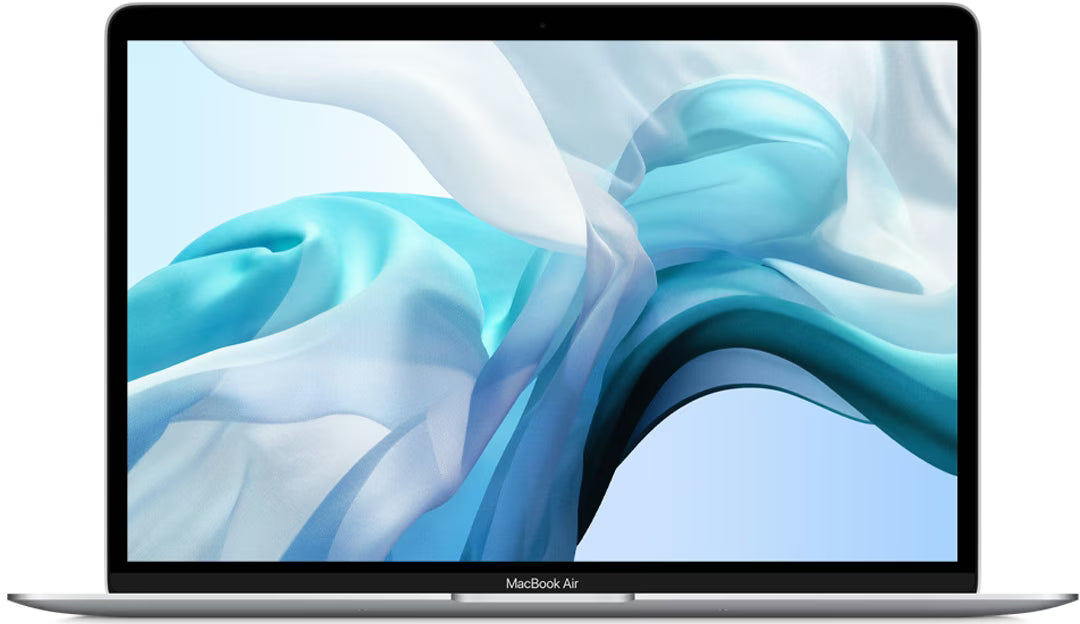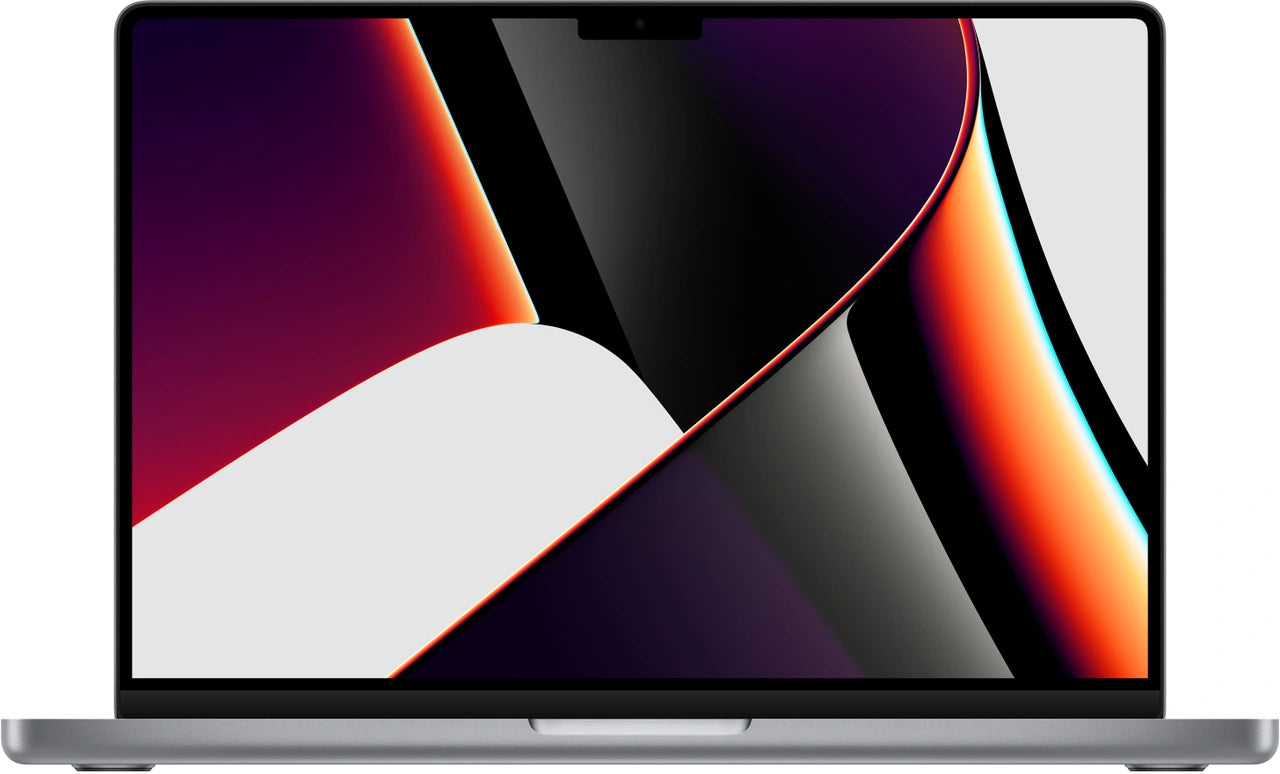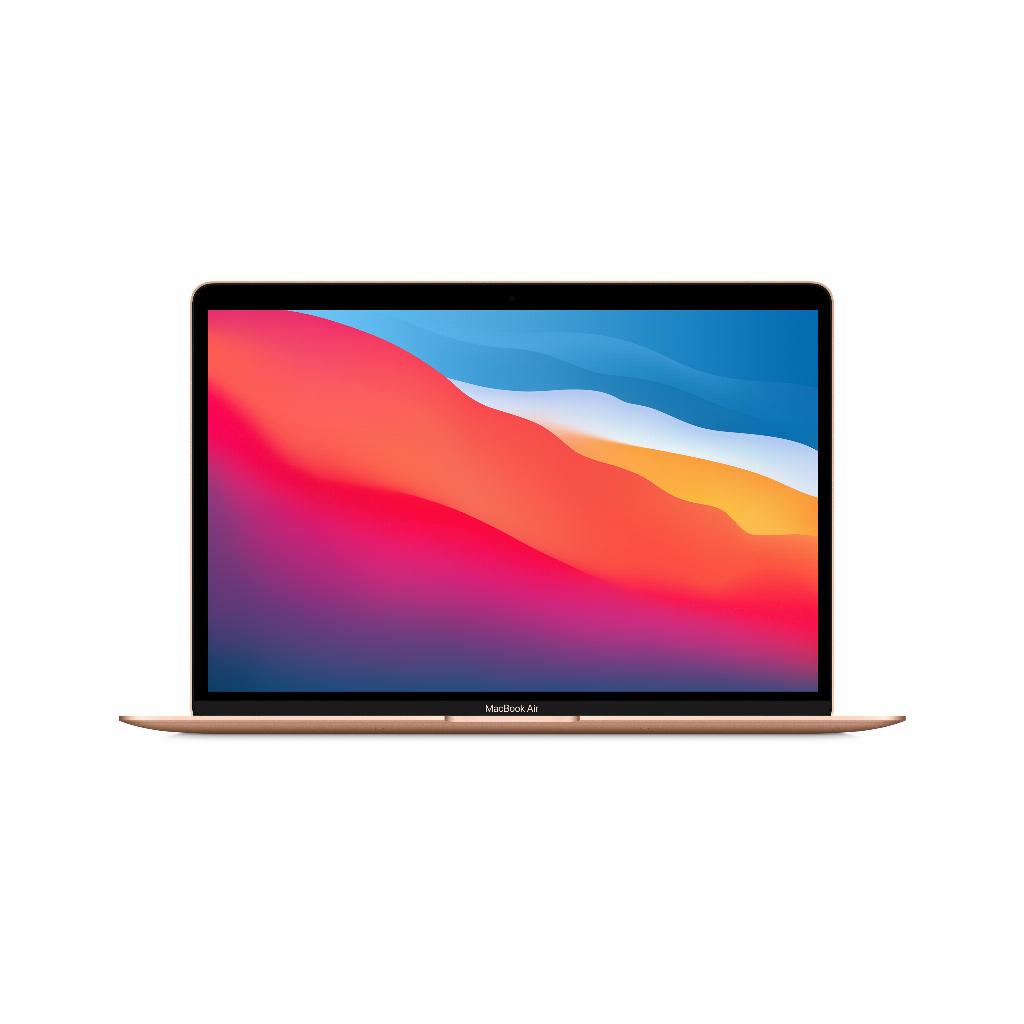Why Postponing MacBook Updates Isn't a Good Idea
Ignoring updates. We all do it. Your refurbished MacBook is running perfectly fine, so why take the risk? Everything will crash, your files will be lost, or your favorite programs will stop working. Plus, an update will cost you another half hour of your day. Yet, that very procrastination is the biggest risk to your MacBook. Here's the paradox: most of the problems people fear with updates—data loss, crashes, compatibility issues—arise primarily when you don't update for years . An outdated system is like a ticking time bomb. One wrong click on a malicious link and your entire MacBook is down. Yet, updating is so simple these days that you can do it during your coffee break.
Useful links
Why are macOS updates so important?
Your laptop is running fine, so why risk updating it? Many users recognize this sentiment. However, regular updates are essential for the security and performance of your device. Apple releases updates to patch vulnerabilities, add new features, and improve overall stability.
An outdated system becomes vulnerable to malware and hackers. Cybercriminals constantly search for vulnerabilities in old software. If you ignore updates for months, you risk having your personal data stolen or your system held hostage by ransomware.
In addition, updates improve compatibility with new apps and services. Developers optimize their software for the latest macOS versions. With an outdated system, you'll not only miss out on new features, but existing programs may also stop working.
Preparation: What should you do before you update?
Check your storage space
A macOS update requires at least 15 to 20 GB of free space. Go to Apple menu > About This Mac > Storage to see how much space is available. If it's not enough, delete old downloads, empty the trash, or move large files to an external drive.
Back up with Time Machine
Before you start updating, a recent backup is essential. Connect an external hard drive and use Time Machine to back up all your files. This will take a few hours the first time, but subsequent backups are much faster.
Connect your laptop to the charger
An update can take up to an hour. Make sure your MacBook stays connected to a charger throughout the entire process. A dead battery halfway through the update process can cause serious problems.
The update process step by step
Step 1: Check for available updates
Go to the Apple menu in the upper-left corner and choose System Preferences (or System Settings in newer versions). Click Software Update. Your Mac will now automatically check for available updates.
Step 2: Download and install
Do you see an available update? Click "Update now." For more details about the update's contents, click "More info" first. The download will start automatically. Depending on your internet speed, this will take 10 to 30 minutes.
Step 3: Reboot and wait
After downloading, the installation will begin. Your device will restart several times. This is normal. Do not touch any keys or close the screen during this process. The progress bar will indicate how much time remains.
Set up automatic updates
Never want to miss an important update again? Enable automatic updates. Go to "Software Update" in System Preferences and check "Automatically update my Mac." Your Mac will then download and install updates in the background. You'll be notified when a restart is needed, which you can postpone until a convenient time.
Troubleshooting issues while updating
Insufficient storage space
This is the most common problem. Try these solutions:
- Delete old iOS backups via iTunes or Finder
- Use the 'Optimize Storage' function in the storage manager
- Temporarily move your photo library to an external drive
- Consider using cleaning tools like CleanMyMac
Update stuck
Is the update stuck? Restart your Mac in safe mode by holding down the Shift key during startup. Try the update again from this mode. This often resolves compatibility issues with third-party software.
Too old hardware
Not every Mac can run the latest macOS version. Apple typically supports devices with software updates for about 7 to 8 years. Check the Apple website to see if your model is compatible with the desired update. For a MacBook from 2015, for example, macOS Monterey is the latest supported version.
Tips for after the update
After a successful update, there are a few things you can do to optimize your system:
- Restart your Mac to allow all processes to load properly
- Check if all your apps are still working and update them if necessary
- Recreate a Time Machine backup of the updated system
- Reset the SMC and PRAM if you experience performance issues
Regular updates keep your MacBook secure and fast. Schedule updates monthly in your calendar, for example, so you don't forget. With the right preparation and this guide, the process will run smoothly and stress-free.
Keep your MacBook safe with regular updates
Postponing updates seems safe, but it's actually the biggest risk to your MacBook. These steps will keep your system secure and everything running smoothly. Make it a habit: set a monthly reminder, check for updates, and take a coffee break while your Mac updates. This way, you'll prevent major problems and your laptop will remain reliable for years to come. After all, a well-maintained Mac will last effortlessly until you're ready for a new model .














